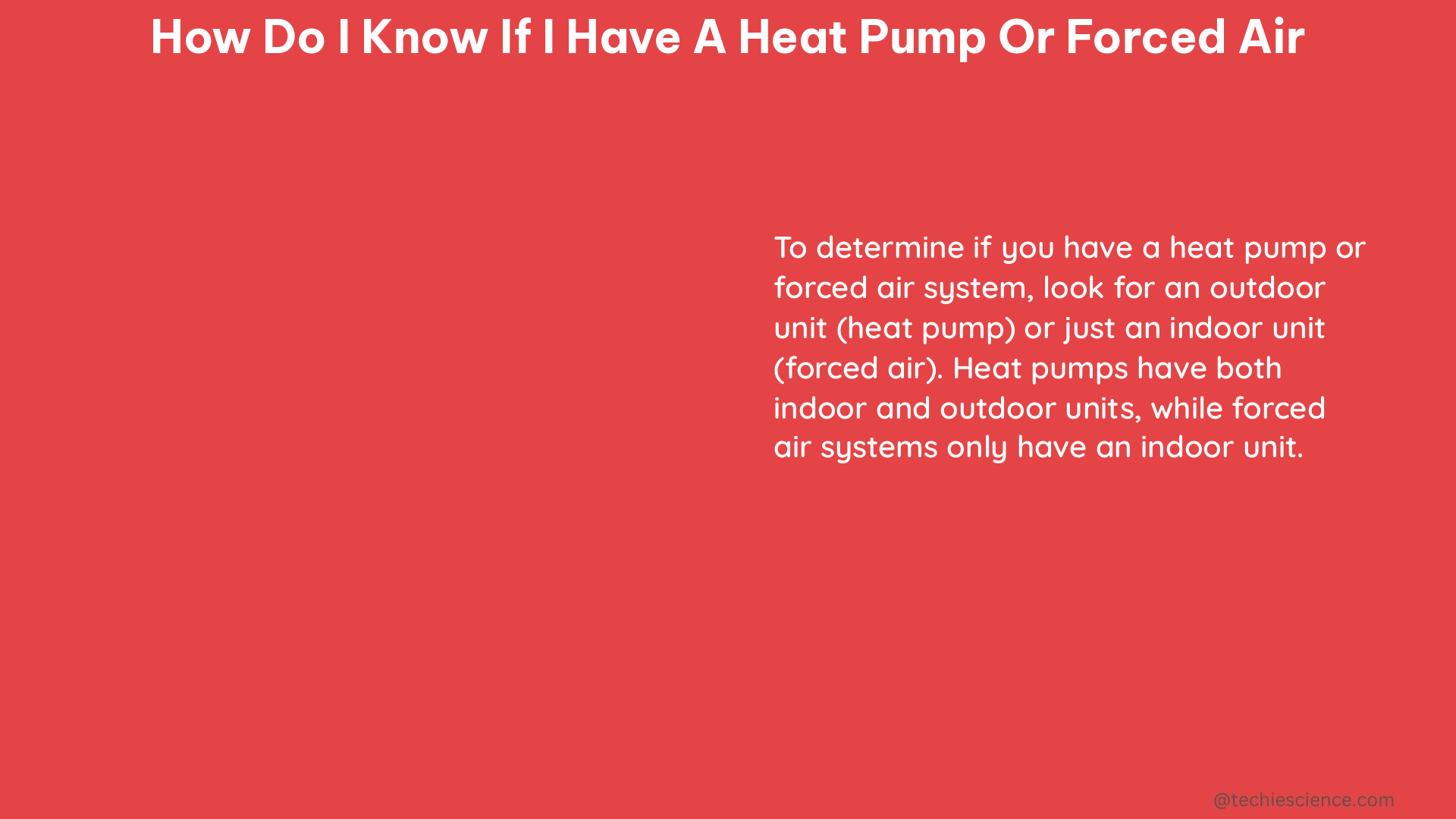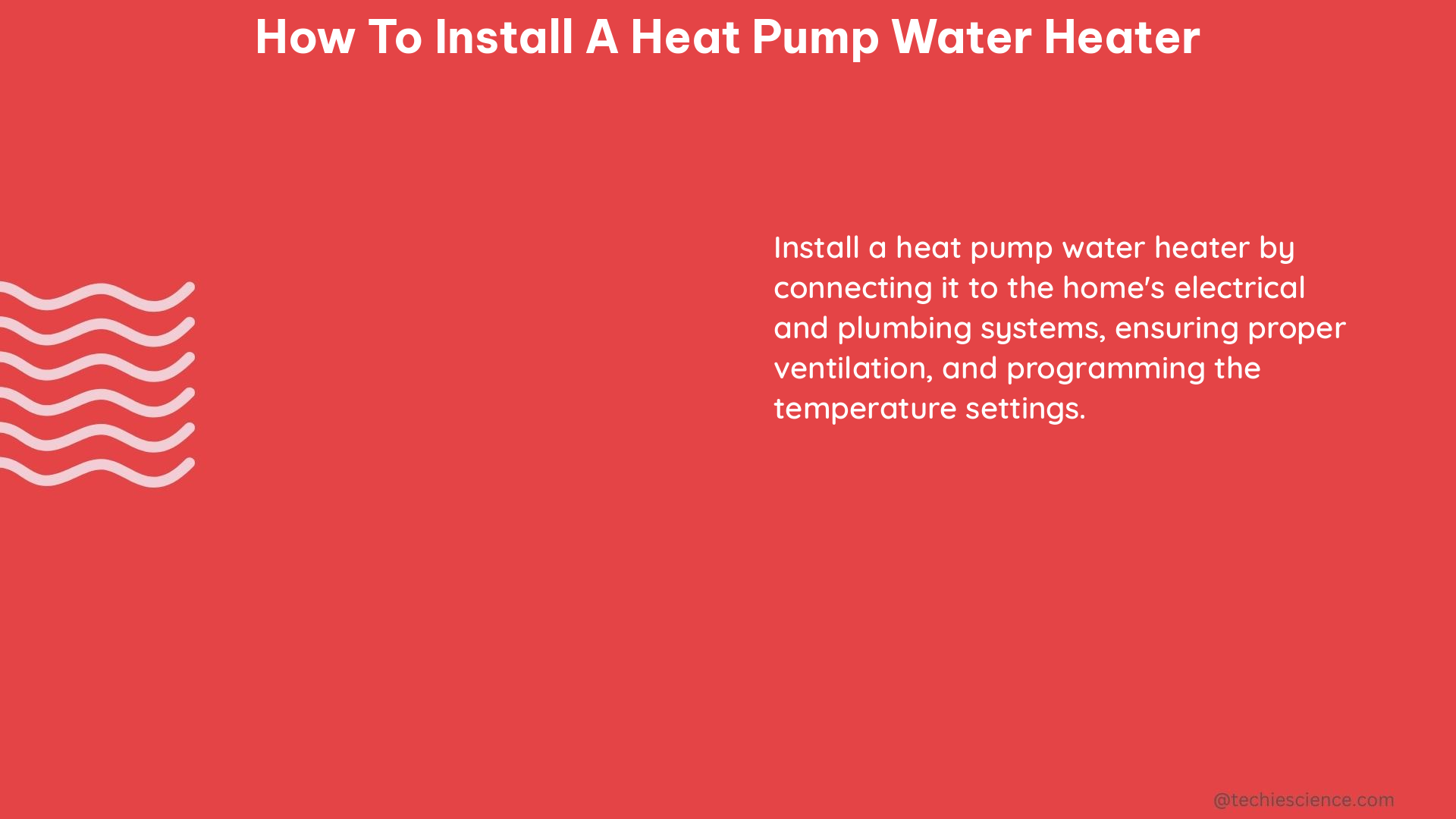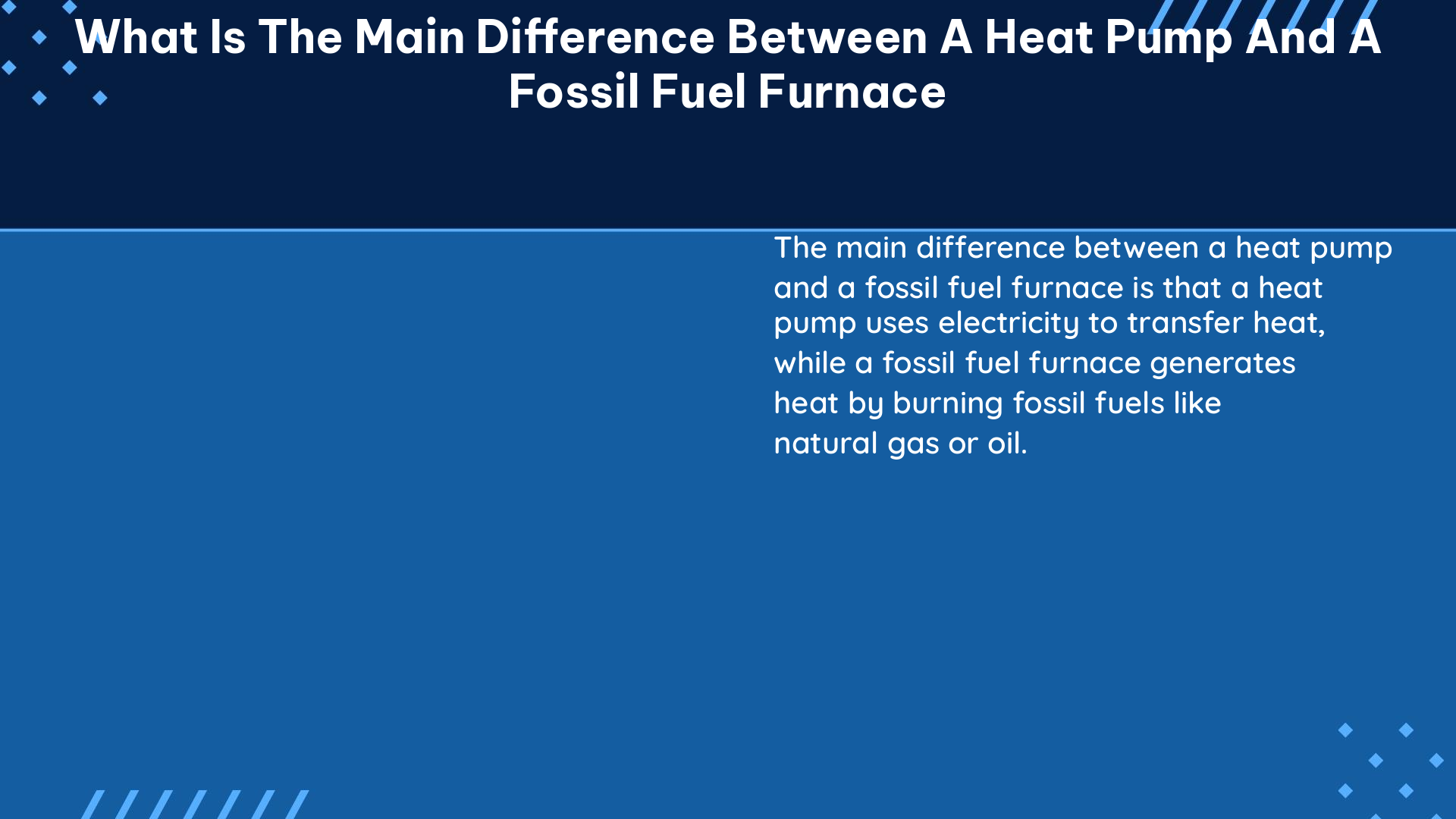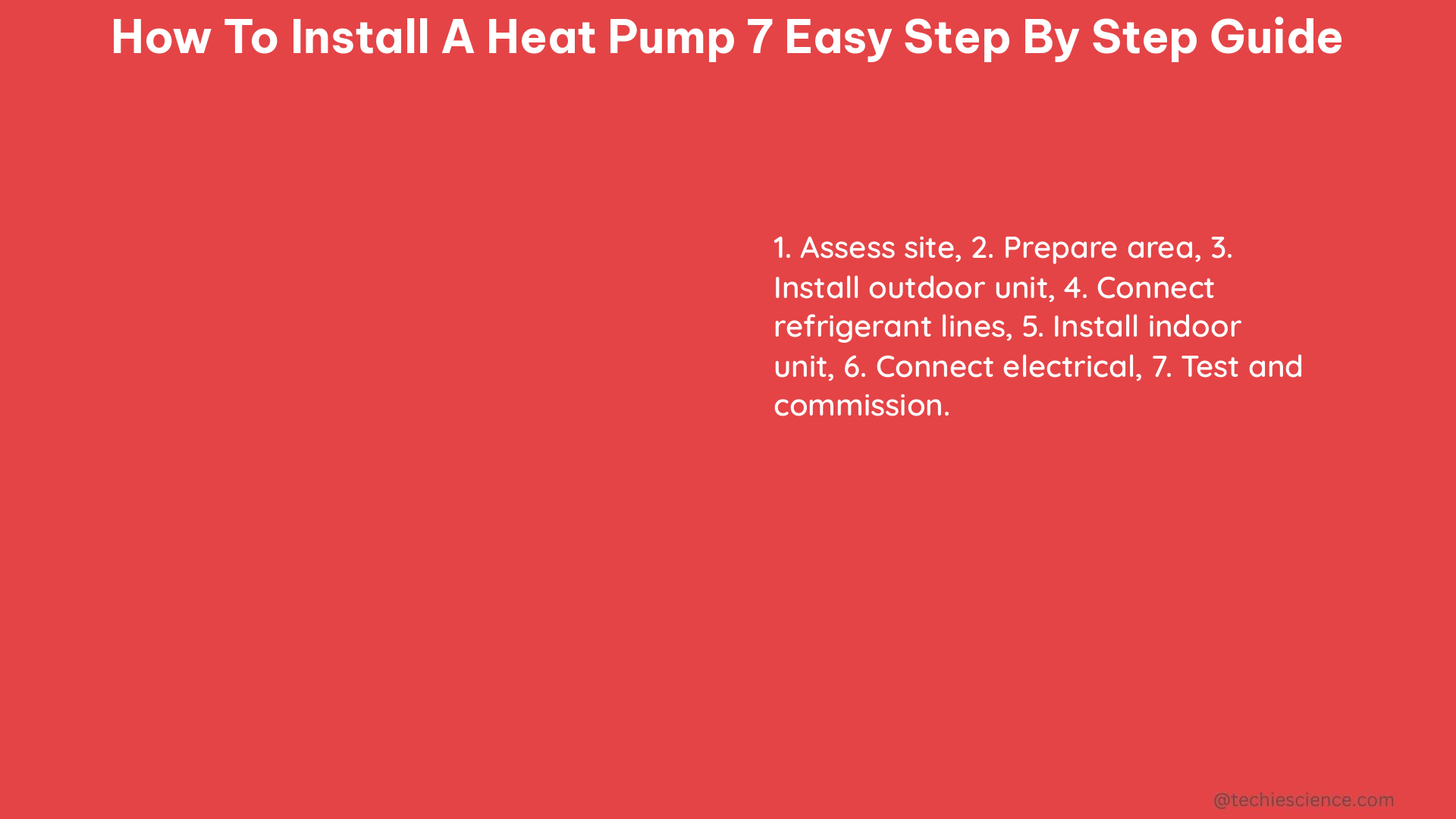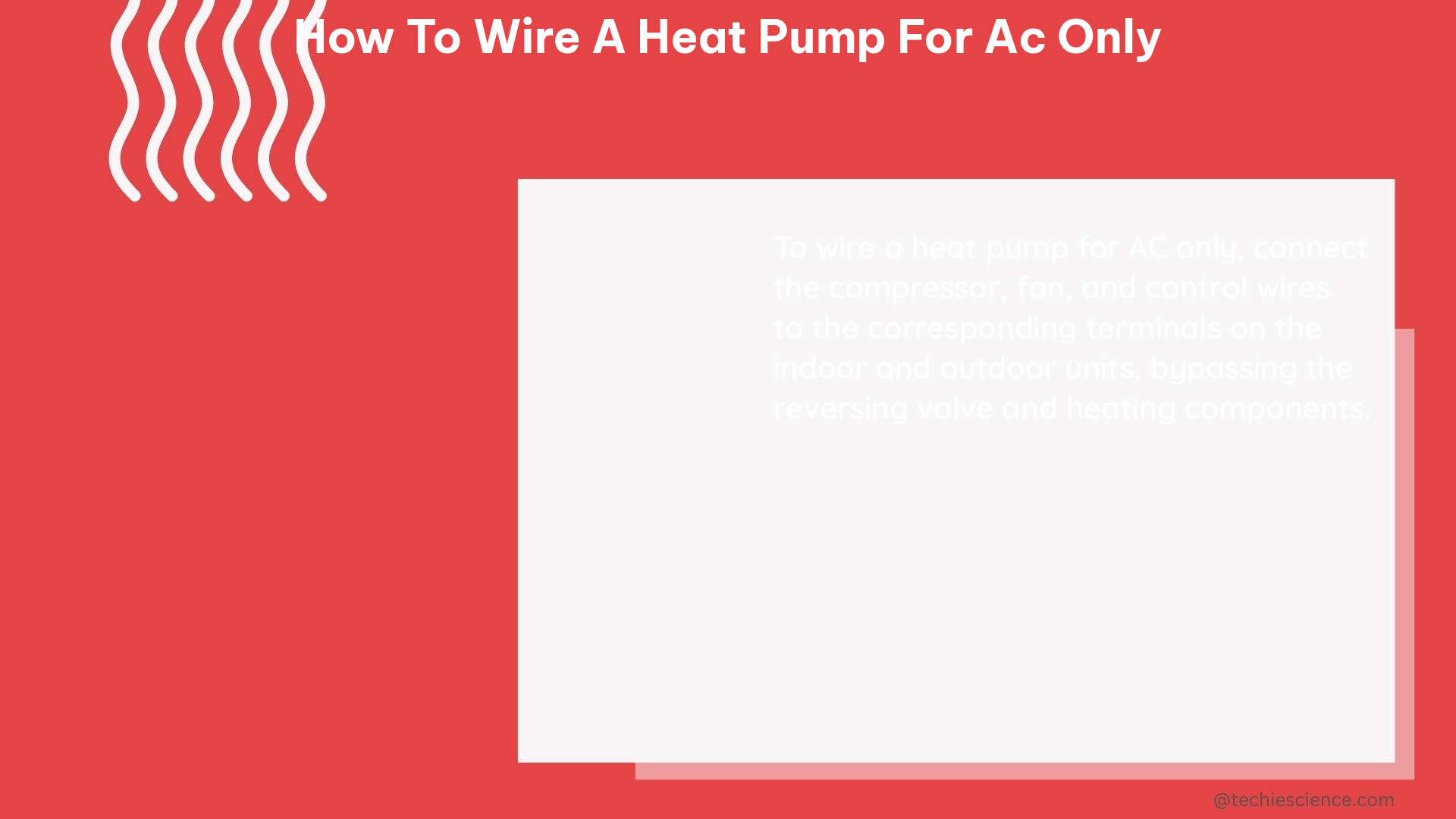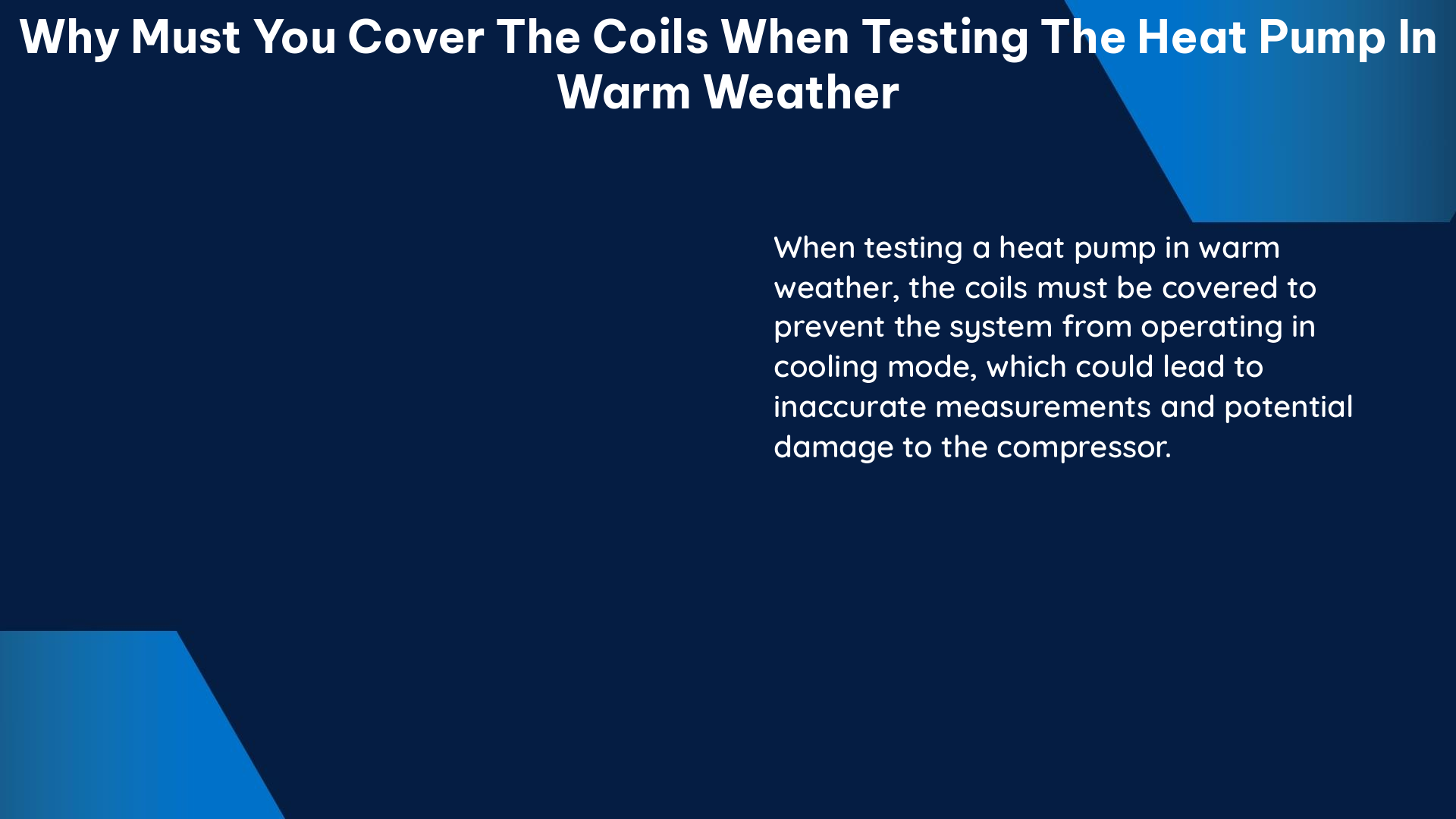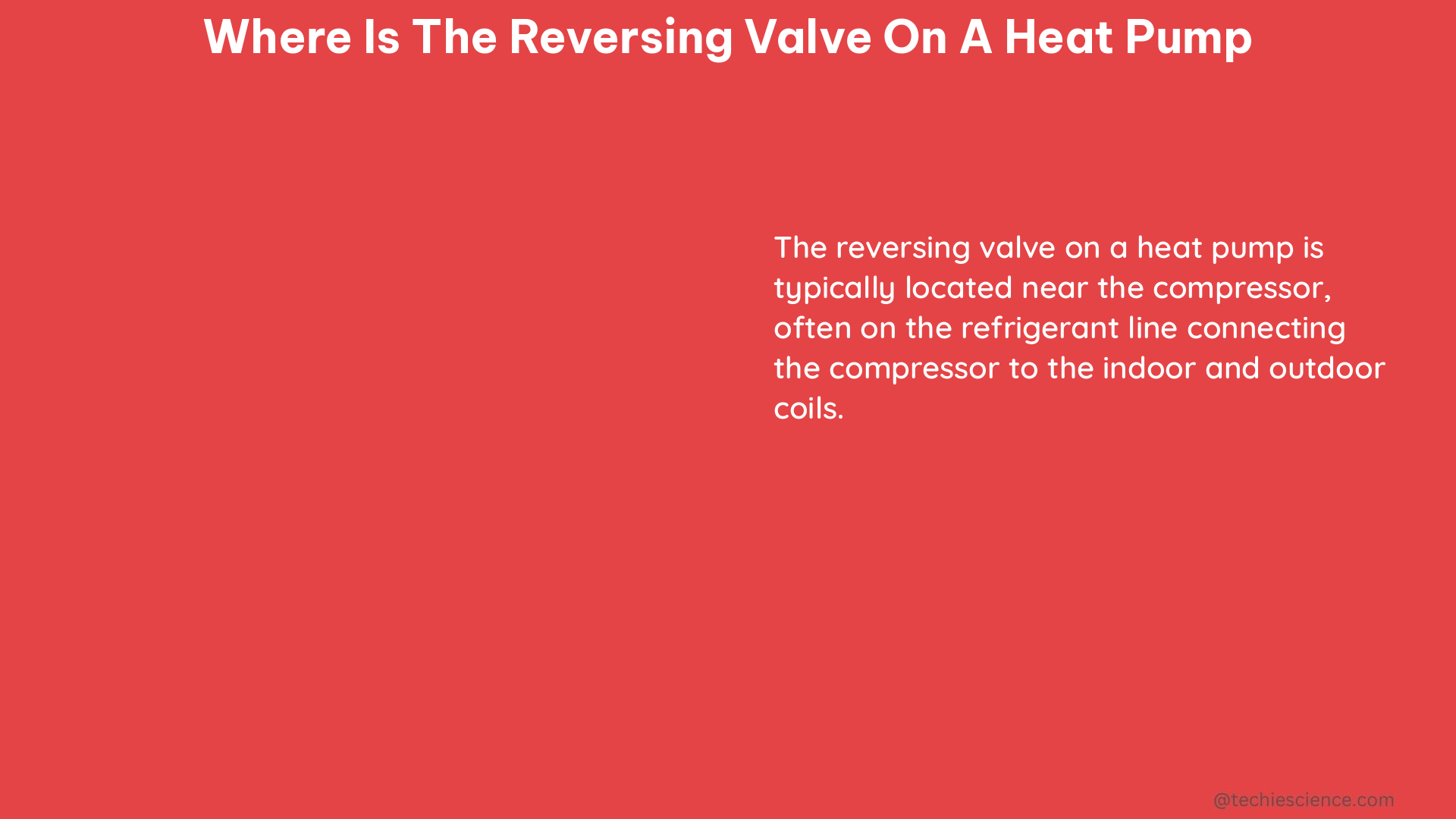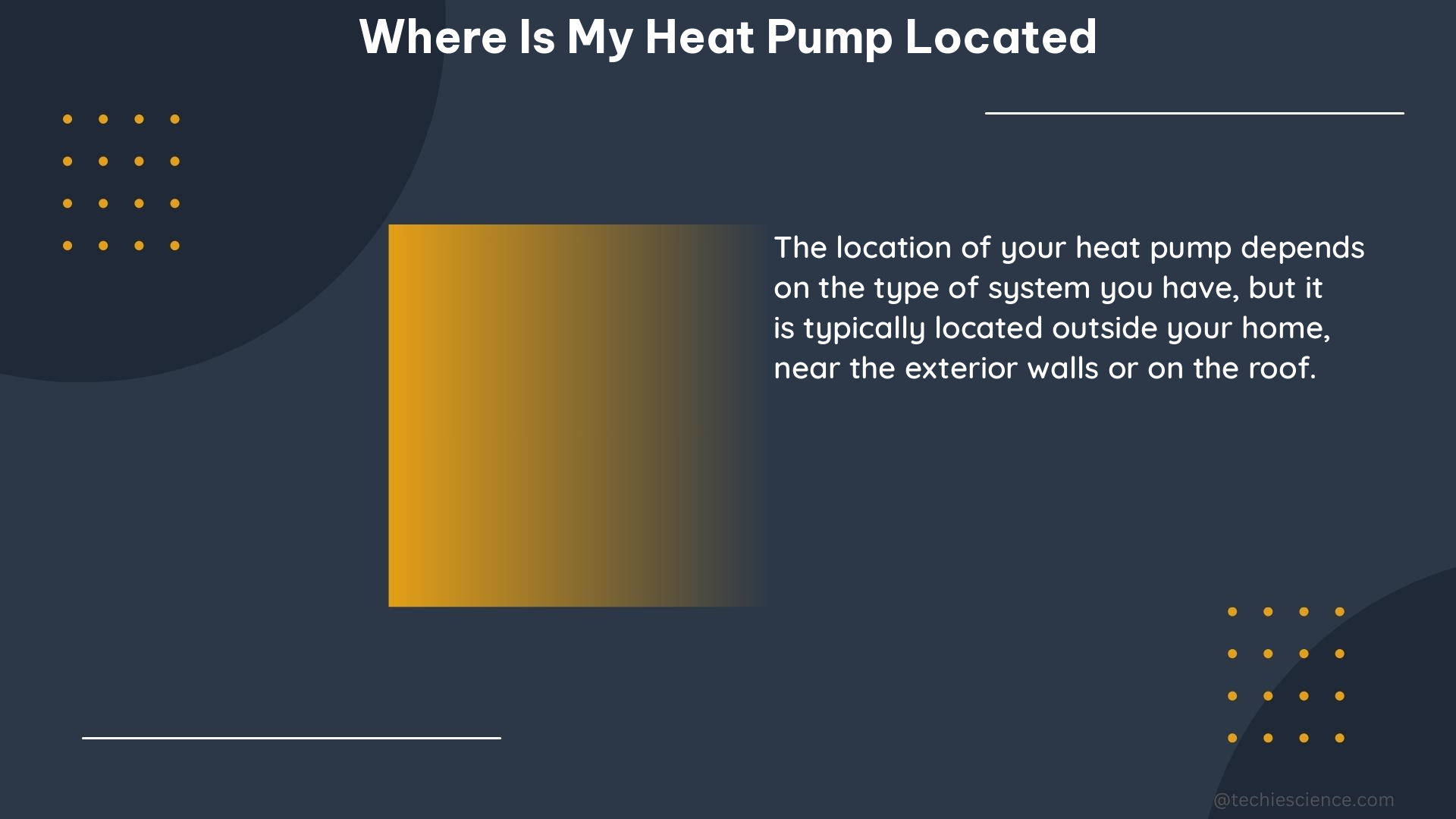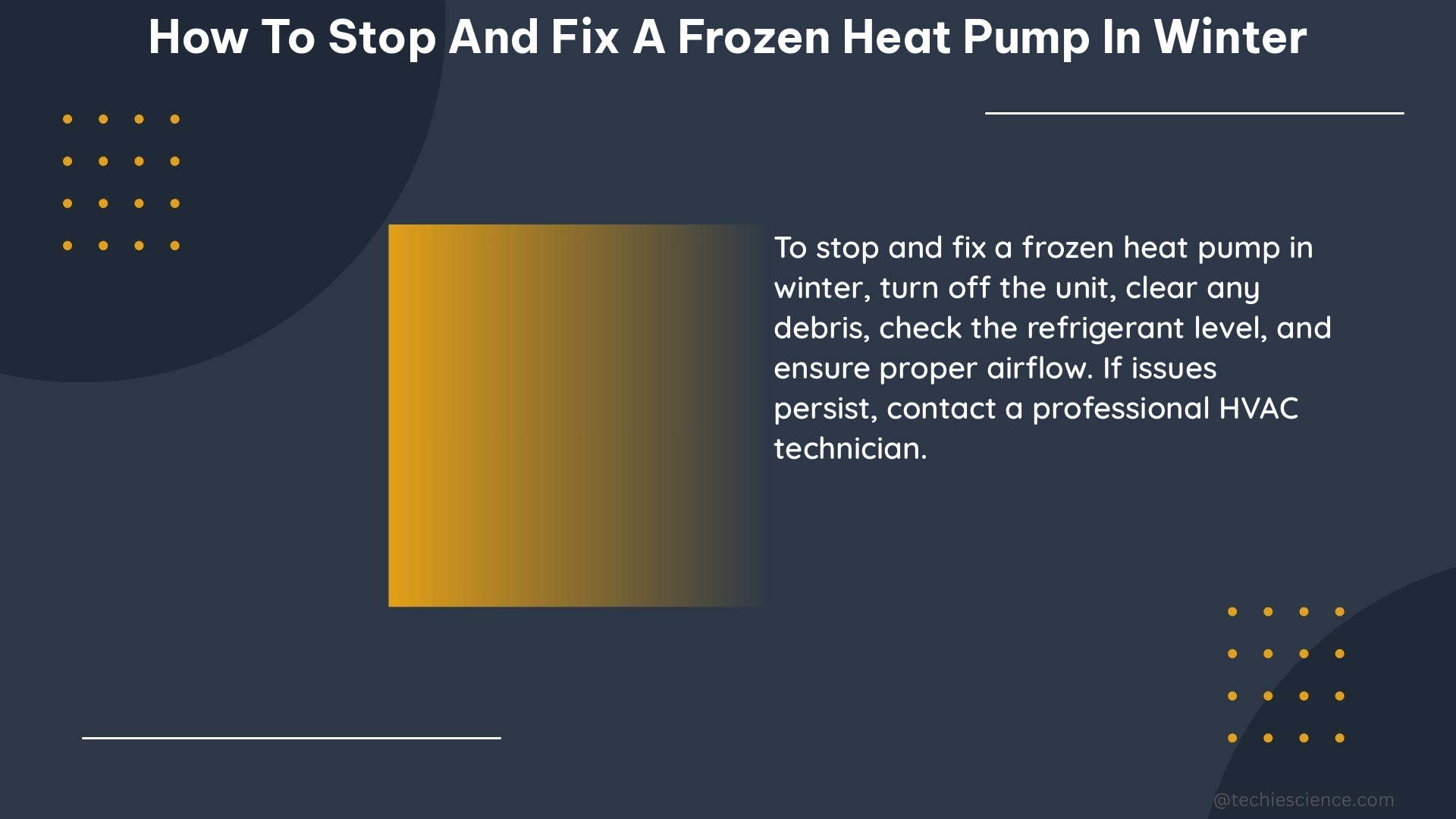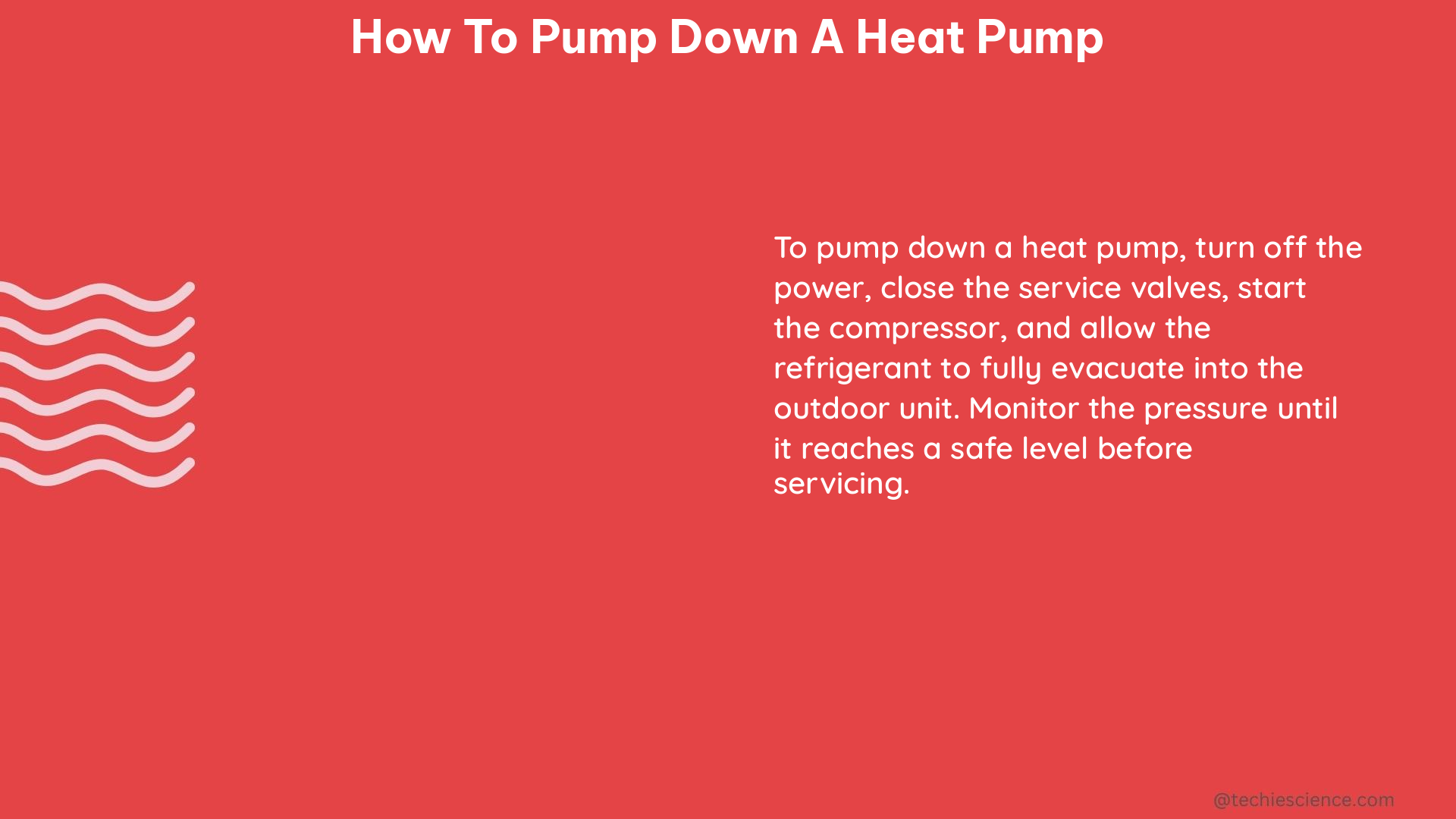When it comes to home heating and cooling systems, understanding the differences between a heat pump and a forced-air system is crucial. Both systems have their own unique features, benefits, and considerations, and knowing which one you have can help you make informed decisions about maintenance, repairs, and energy efficiency. In this comprehensive guide, we’ll dive deep into the various indicators that can help you determine whether you have a heat pump or a forced-air system in your home.
Checking the Thermostat Settings
One of the most straightforward ways to identify your HVAC system is by examining the thermostat settings. Heat pumps are equipped with a unique feature called a reversing valve, which allows them to switch between heating and cooling modes seamlessly. If your thermostat has options for both heating and cooling, there’s a strong possibility that you have a heat pump.
However, it’s important to note that the presence of heating and cooling options alone does not guarantee a heat pump. Some homes may have a furnace or boiler providing heat, which can also be controlled by a thermostat with both heating and cooling settings. To further confirm that you have a heat pump, look for an “emergency heat” or “auxiliary heat” option on your thermostat. If this feature is present, it’s a clear indication that your system is a heat pump.
Inspecting the Outdoor Unit

Another reliable way to determine the type of HVAC system in your home is by inspecting the outdoor unit. Heat pumps have an outdoor unit that closely resembles an air conditioning unit, with a metal cabinet and a fan on the top. This outdoor unit houses the heat pump’s compressor, which is responsible for the system’s ability to both heat and cool your home.
If you see an outdoor unit that matches this description, it’s a strong sign that you have a heat pump. However, it’s important to note that some forced-air systems, such as central air conditioning units, also have an outdoor compressor unit. To differentiate between the two, you’ll need to look for additional indicators.
Considering a Dual Fuel System
Some homes are equipped with a dual fuel system, which combines a heat pump with a backup heating source, such as a gas furnace. In a dual fuel system, the heat pump is the primary heating and cooling source, but the backup heating system, typically a gas furnace, is used when the heat pump is unable to effectively heat the home, such as during extremely cold weather.
If you have a dual fuel system, your HVAC controls may display information about the use of a heat pump. This can be a helpful indicator in determining the type of system you have.
Checking the Energy Efficiency Label
Heat pumps are known for their exceptional energy efficiency, which is often reflected in their energy efficiency ratings. If you’re unsure about the type of HVAC system in your home, take a look at the energy efficiency label on the outdoor unit.
Heat pumps typically have high Seasonal Energy Efficiency Ratio (SEER) and Heating Seasonal Performance Factor (HSPF) ratings. SEER measures the system’s efficiency in cooling, while HSPF measures its efficiency in heating. These ratings can provide valuable insights into the type of system you have and its overall energy performance.
Examining the Manufacturer Label
Another reliable way to identify your HVAC system is by checking the manufacturer’s label on the outdoor unit. If the label clearly states “heat pump” or the model number starts with “HP,” then you can be confident that you have a heat pump system.
It’s important to note that the manufacturer’s label can sometimes be difficult to read or may be located in a hard-to-reach area. If you’re unable to easily access the label, you may need to rely on other indicators to determine the type of system you have.
Observing the Outdoor Unit During Heating
One final way to identify a heat pump is by observing the outdoor unit while the heating is in operation. If the outdoor unit is still running when the thermostat is set to “Heat,” it’s a strong indication that you have a heat pump.
This is because heat pumps work by transferring heat from the outdoor air to the indoor air, even in colder weather. As a result, the outdoor unit will continue to operate to maintain the desired indoor temperature, unlike a traditional furnace, which only requires the indoor unit to operate during heating.
By following these steps and looking for the specific indicators outlined in this guide, you can confidently determine whether you have a heat pump or a forced-air system in your home. Understanding the type of HVAC system you have is crucial for making informed decisions about maintenance, repairs, and energy efficiency, ultimately helping you maximize the performance and longevity of your home’s heating and cooling system.
